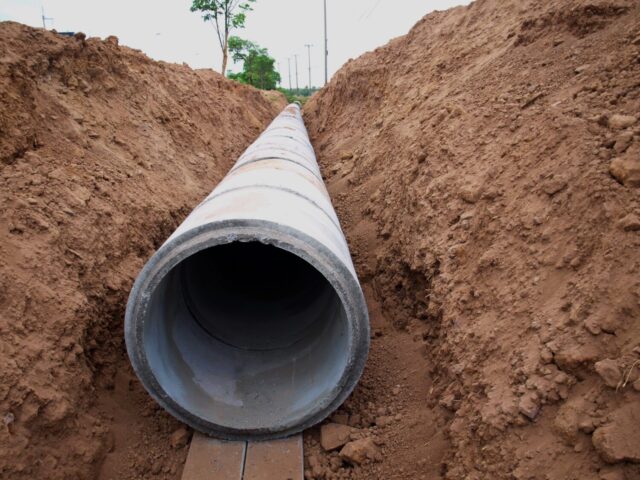
As you may know, sewer lines transport wastewater from your toilets and bathtubs to the city’s sewage treatment plant. Maintaining a functional sewer system is essential to keep it functioning efficiently – to protect its inhabitants and the community from waste!
Signs that your sewer line needs repair involve slow drains, gurgling sounds, or clogging sewage pipes. This article will help you determine if replacing or repairing them is best.
If you believe that your sewer line is broken, all you need is sewer repair by J Blanton Plumbing to ensure a healthy and efficient sewer system for your home and community.
Cost
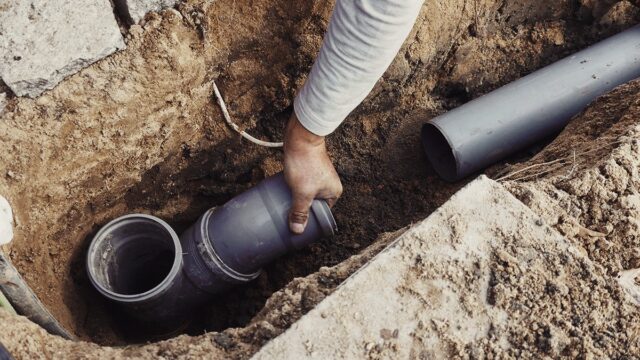
Clogged drains may seem minor initially, but it’s time to contact professionals when your whole house seems plagued with them. This is particularly important if sewer gas has permeated your home and become dangerously concentrated in a concentrated form.
Clogs in your lines may cause toilets to make bubbling or gurgling noises when flushed, as well as wastewater backing up into your yard, or you might notice tree roots growing into your pipes.
Cost estimates for repair or replacement vary based on several factors, including pipe material (PVC, cast iron, or copper) and the method used. Traditional dig-and-replace repair costs more than trenchless methods like cured-in-place pipe lining or spin casting, while adding an insurance endorsement specifically covering sewer line damage could further lower prices.
Safety
Sewer line repair is an essential safety measure to safeguard you and your home against potential health issues related to sewage backups. Sewer pipes may break down due to various causes, including ground movement or tree roots. They can become blocked over time, potentially allowing wastewater backup into your home through fixture drains.
An effective way to prevent sewage backup is to get your sewer line inspected by a professional plumber regularly. Repairing it before it breaks will save both money and avoid costly repairs in the future.
Depending upon the severity of your problem, digging up and replacing your sewer line may be necessary. This process could require extensive labor and materials costs as it requires moving trees that obstruct access to damaged parts. Furthermore, sidewalks, walks, driveways or other nearby structures must also be moved or altered to access them.
Environment
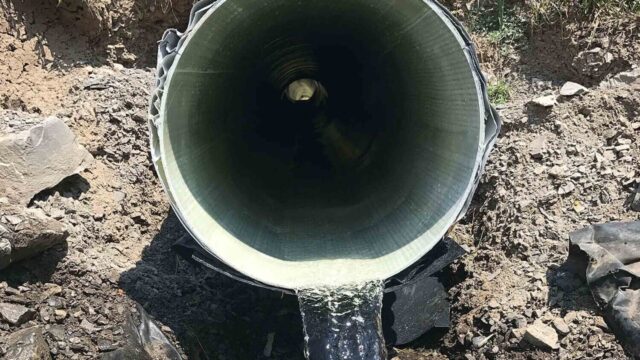
A sewer line can be exposed to many environmental factors that can wreak havoc on it, including changing soil conditions, which cause its position to shift, leading to cracks and leaks in its path. Tree roots also pose a significant threat, often growing through it and blocking or breaking it altogether.
Clogged sewer lines can lead to crucial health risks in your home and yard, including a backup of raw sewage into your house and an infestation of pests. Therefore, any problems with your sewer line must be addressed quickly by an expert as soon as they arise.
Pipelining is one of the several practical approaches for fixing or replacing your sewer line, utilizing an inflatable tube covered in epoxy injected into damaged pipe sections and then allowed to cure, sealing them off entirely and leaving minimal disruption on your property.
Pipelining is less invasive and safer for your property while being a great option when older pipes near their end of lifespan need replacement.
Time
If your home experiences sewage back-ups more frequently than once annually, this could be a telltale sign of something more serious going wrong with the line and may require excavation to repair or replace pipes.
Over time, food debris, garbage, sewage, grease, and fat can build up in drain lines, leading to their breakdown or becoming clogged. This could lead to expensive repairs, and the unpleasant stench caused when sewage backs up into homes. This may create numerous issues, including costly repairs and unpleasant smells when sewage backs up into them.
Replacement of sewer lines can be an extensive task that involves digging up and replacing the entire length. Depending on the degree of the damage and any unforeseen obstacles, it may take weeks.
A video inspection by an expert plumber is an effective way to identify whether your pipes require repair or replacement – their digital camera will scan along your line and identify cracks, holes, or collapsed sections quickly and effectively.
Permit and Regulation Considerations
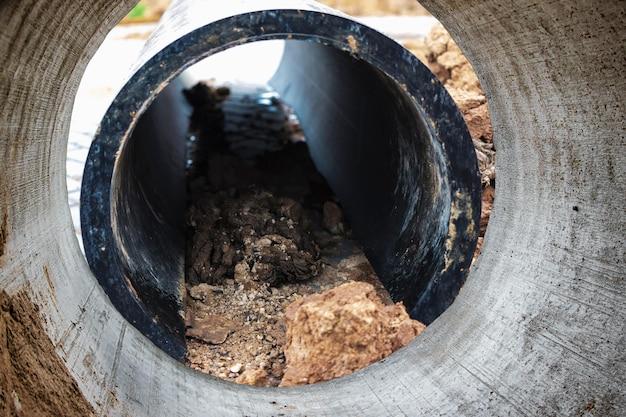
When addressing sewer line repairs or replacements, homeowners must acquaint themselves with local regulations and required permits. Many regions mandate specific permits to uphold safety standards and environmental considerations. Adhering to these regulatory guidelines is paramount in averting legal complications and ensuring the work’s integrity and compliance with local codes. Thus, it’s essential for homeowners to liaise with local authorities and secure the necessary permits before initiating any substantive sewer work, reinforcing the foundational integrity and legal conformity of the project.
Maintenance and Prevention
Prioritizing regular maintenance is pivotal in preempting sewer line issues, averting substantial inconveniences, and financial expenditures. Homeowners can proactively maintain their sewer lines by avoiding the flushing of non-flushable items and conducting routine checks. Implementing such preventative measures like installing drain screens can significantly diminish the risks of blockages and subsequent damages. By embracing a proactive stance towards sewer line maintenance, homeowners can sustain the functionality of their sewer systems, curbing the emergence of detrimental issues and prolonging the lifespan of the sewer lines.
Choosing the Right Contractor
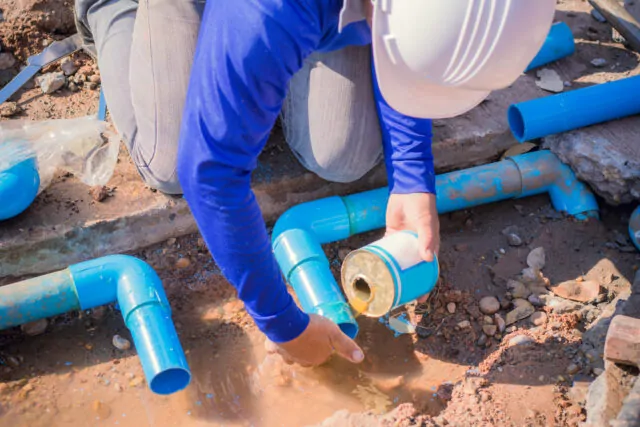
Selecting a qualified and reputable plumbing contractor is crucial when dealing with sewer line works. A competent contractor ensures the accuracy and reliability of the repairs or replacements, safeguarding against substandard work that could result in recurrent issues. Homeowners should conduct meticulous research, scrutinize reviews, and seek recommendations to secure a proficient contractor. Verifying credentials, experience, and references are essential steps in ascertaining the suitability of a contractor, guaranteeing the procurement of exemplary services and the realization of enduring solutions to sewer line predicaments.
Impact on Property Value
The condition of sewer lines has a profound impact on a property’s value. A well-maintained sewer system is a valuable asset, fostering a conducive living environment and bolstering the property’s market appeal. Conversely, unresolved sewer line issues can significantly depreciate property value, deterring potential buyers. Addressing sewer line issues promptly not only maintains but can potentially escalate property value, presenting the property as a well-maintained investment. By preserving the operational integrity of the sewer lines, homeowners can optimize the valuation and marketability of their properties.
Insurance Coverage
Insurance can potentially alleviate the financial strain associated with sewer line repair or replacement. Homeowners should thoroughly review their insurance policies to discern the extent of coverage pertaining to sewer line work. Many standard policies do not encompass sewer line issues attributed to wear and tear or negligent maintenance, necessitating supplementary coverage or endorsements. Being well-versed in policy stipulations enables homeowners to leverage available coverages adequately, mitigating out-of-pocket expenses and facilitating the swift execution of necessary repairs or replacements.









